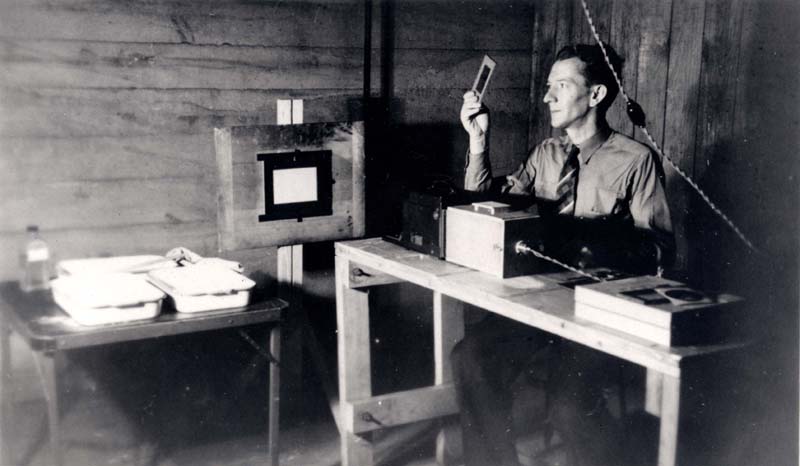
When I had my tintype portrait made last summer by Giles Clement, I began to follow him on Instagram. This sounds funny to say now, but at first, I couldn’t figure out why so many people in his images were dressed so similarly. And then comments would arise here and there along the lines of: “oh, it would have been a better photo of me if I hadn’t been wearing that t-shirt, it doesn’t look old-timey enough…” or “I shouldn’t have smiled.” And the like. And then I got it — most people view a tintype photo as a more expensive version of your Old West dress-up sepia photograph that you got made on your family vacation. I’m so naively nerdy that I didn’t think beyond the unique object, laborious chemical process, and distinct value range.
Which leads me to say that I am pretty sure that I am looking forward to the time when analog photographic processes are no longer deemed romantic.
I think the assumption is we must do these processes because we love history and all things old. Because things were “so much simpler in the past.” Or maybe we are just too stubborn to embrace new technologies. Surely we will come around and get with it at some point, but isn’t our denial quaint?
I look forward to the time when people will view the darkroom as yet another tool at the artist’s disposal.
And I do understand why this is difficult for the general public to understand… because photography is a technological medium, not an artist’s medium, right? Where is the art in pressing that shutter release button? So why would you choose to practice a technology that takes more time, effort, and money than the current one does? The reason is: we are not using photography as a technology.
Romantic thoughts arise when we feel something has been replaced or forgotten. It’s apt for commercial photographers to have such feelings about the darkroom. But many of us artists over here never left. It’s the workspace where we get our art job done.
How many artists working in woodcut are mocked for not throwing out their carving tools for Photoshop? It would make sense, right? Why would you spend hours carving a block of wood, inking it up, making multiple prints that are no good, that you have to throw away, before arriving at a few that do look good? To my knowledge, that’s not happening because we are so incredibly far-removed from the time when woodcuts were considered technology. Is it possible for photography to achieve that status in our lifetimes?
If there are large groups of people trying to shame printmakers into making art on a computer screen, I’d be really curious to hear that perspective. For now, I am concluding that only analog photographic artists have to endure such pressure among the contemporary art mediums. But for how much longer? When does this become an accepted medium, not novel, or “going against the grain”, or something to get wistful over?
And what will the photographic art landscape begin to look like when that happens?